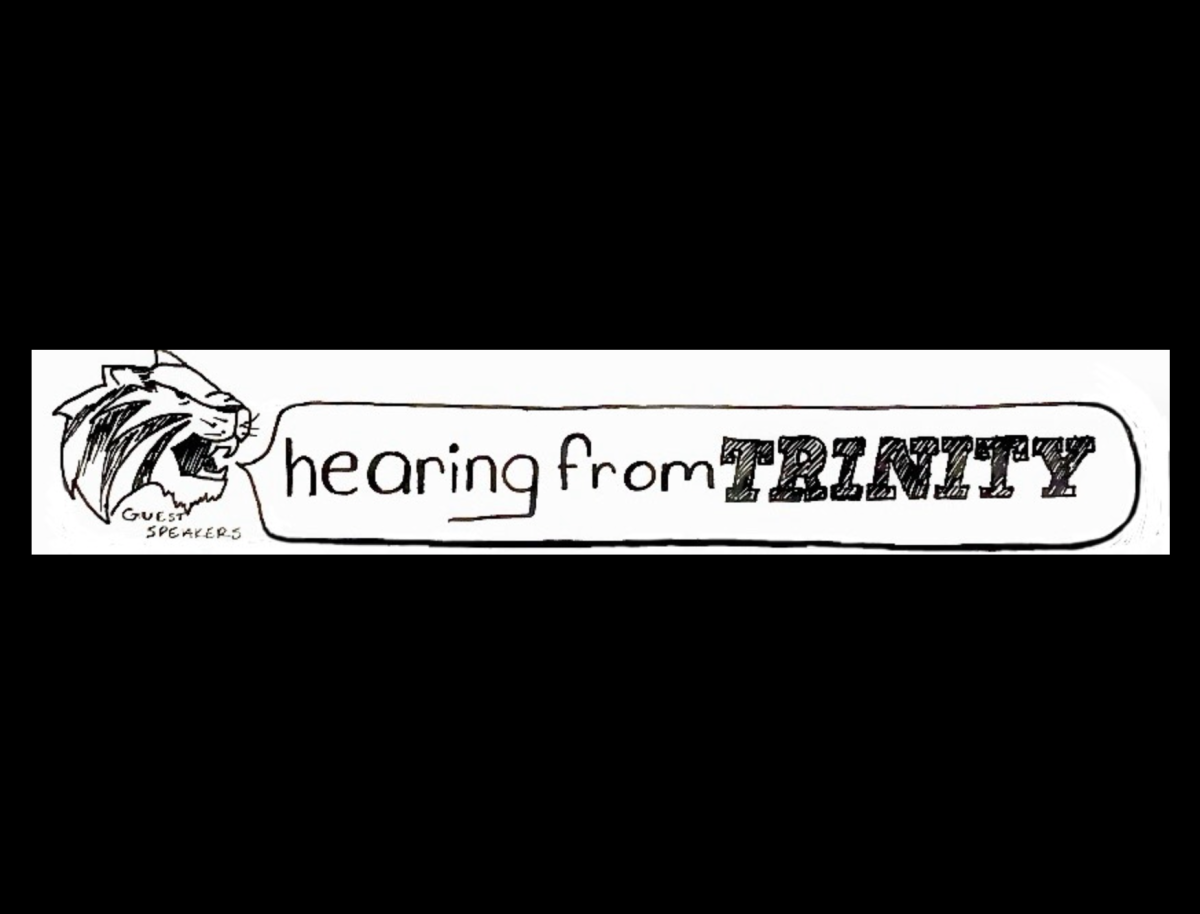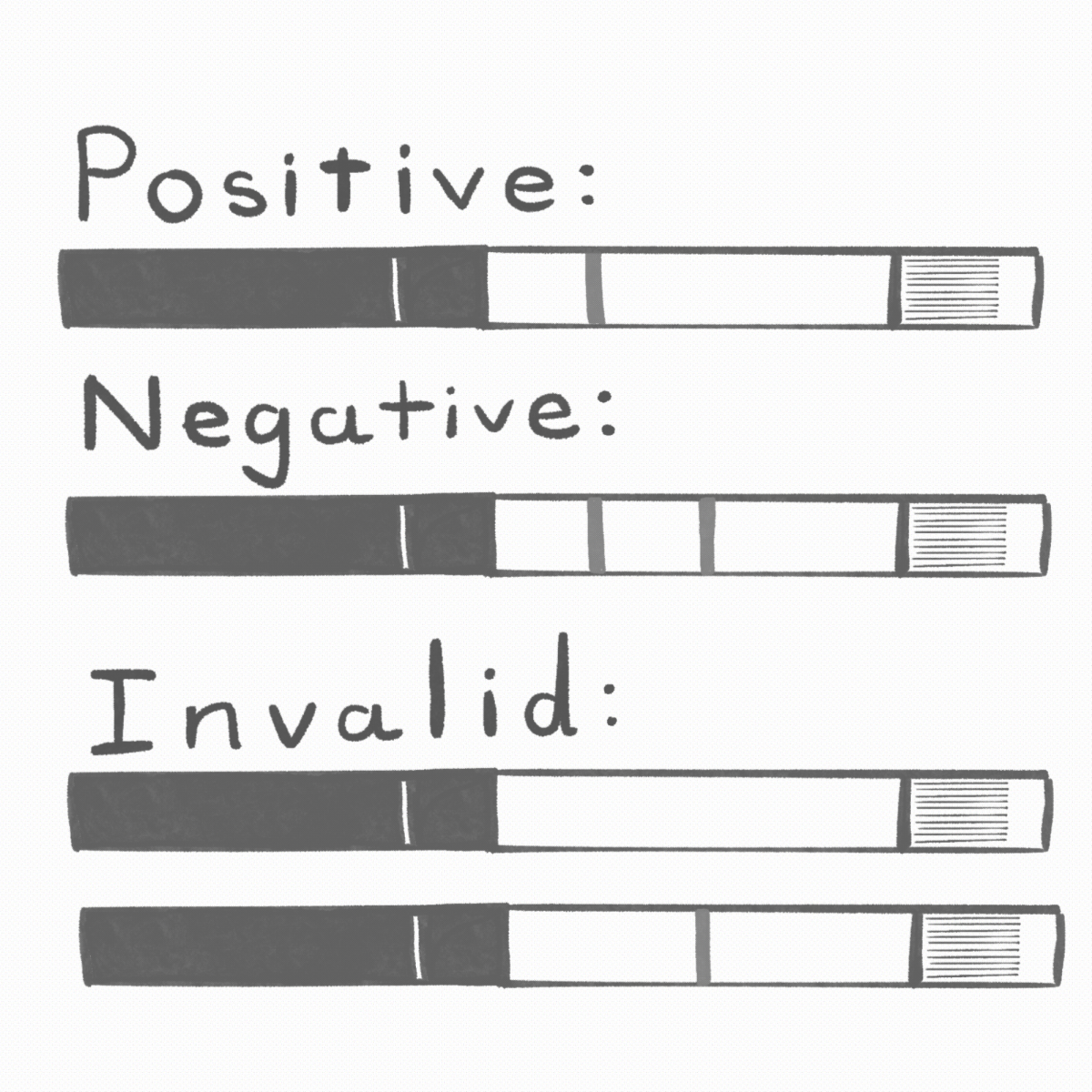In the far-off land of 2009, Star Trek became awesome again. Some would argue the iconic franchise never lost its awesome. Up to that point, though, most thought of “Trek” as a cornball “˜60s sci-fi or an internet meme featuring Patrick Stewart’s disappointment. Thanks in part to director J.J. Abrams, middle-aged guys in bright tights taking long pauses in between lines of dialogue evolved into a slick, sexy, fast-paced summer blockbuster.
Never did the 2009 film lose the soul of the original, however. Beneath all the shooting, explosions and actual attractive people beats the heart that made the original Star Trek material so charming. Abrams managed to coax refreshing yet nostalgic performances out of an ensemble of relative unknowns, introducing a younger audience to one of the most appealing aspects of classic Star Trek “” the characters. Although the movie features younger versions of the original series’ cast, a combination of acting and direction paid due service to characters that many know better than their own parents. Captain Kirk still acts brash and roguish, but in a more immature, impulsive way. Somehow, young Bones McCoy behaves charmingly grumpier than his original series counterpart. Each of the large cast gets equal time to shine, yet the film remains focused throughout on the budding relationship between Kirk and Spock.
This both focuses the film and gives it considerable depth, allowing the audience to actually latch on and relate to something. Combine this all with J.J. Abrams’ signature directorial style awash with tracking shots, lens flares, point-of-view filming and appropriately wide and reverent shots of the U.S.S. Enterprise, and we have one excellent homage to a classic series.
Holding a 91 percent aggregate score on Rotten Tomatoes, the 2009 Star Trek adaptation received universal acclaim from critics and regular moviegoers alike. No beloved franchise can be rebooted without facing some detractors, however. Some argued the movie lost “Trek’s” original spirit. Too much style, not enough substance, as it were. It moved fast and looked good. Most of classic Star Trek’s conflicts came from within “” from struggles with the human condition, from moral dilemmas, from intricately twisted complex stories. Rarely in any “Trek” did large action pieces provide the excitement. Some felt Abrams’ 2009 movie lost that cerebral core in favor of dumb action movie tropes.
The sequel to the 2009’s “Star Trek,” a somehow faster-paced movie called “Into Darkness,” received more of the same complaints. Although this sequel also received quite a lot of acclaim from critics and film-goers alike, hardline Trekkers decried the film, maintaining it substituted flashy action in place “Trek’s” signature complex storylines. For these reasons the harshest critics maintain that Abrams’ Star Trek films don’t even deserve the Star Trek name. Are the hardliners correct? I have an answer! At this point, it does not matter. Mr. Abrams now helms another film, a film that also stands to revitalize its own equally beloved franchise.
Will J.J. Abram’s “Star Wars: The Force Awakens” actually work, then, or will it crash harder than “The Phantom Menace?” Here comes the breakdown. Think of the things that work in the Abrams Star Trek movies.
The ensemble cast works beautifully in both films, yet both still have clear-cut main characters to root for and identify with. Pacing, camera work and the general aesthetic of the film make an exotic setting familiar. To apply these principles to Star Wars would serve that film incredibly well. Every one of the first three movies lives by these principles. They focus on Luke Skywalker, an everyman farm boy called to greatness. Practically everyone in the audience can relate to Luke. Yet each one of other characters has his or her own moment to shine while still framing (and not detracting from) Luke’s story. Additionally, the audience gets immersed into the world by novel special effects and state-of-the-art filmmaking techniques. All enhance the experience. All are present in the J.J. Abrams Star Trek films.
Interestingly enough, even the maligned elements of those movies will work perfectly in Star Wars. That franchise never possessed the cerebrality of Stark Trek. The themes were simple: the hero’s journey, good vs. evil, redemption. No complexity exists, so no complexities can be removed. Fans complained that J.J. Abrams sacrificed “Trek’s” plot nuances in the name of action. In Star Wars, no plot nuance exists in the first place. Excitement comes from great characters reacting to potentially life-altering scenarios, not a super-intricate storyline. Both of Abrams’ Star Trek films already do that very well! Watch “Into Darkness.” It has a classic Star Wars feel, devoid of any whiff of the prequels. Good guys chase down a bad guy. Lasers and space dogfights abound. Difficult situations force Kirk to grow as a character. Add some mythic and religious overtones, sword fights and a bad guy in a mask, and that nearly fits classic Star Wars to a T.
The good and not-as-good aspects of the Abrams Star Trek movies will both work in the favor of “The Force Awakens.” It seems the movie-going public agrees. Following the concluding installment of a nearly year-long series of three trailers and many other small teaser materials, pre-orders for the midnight showing of Star Wars nearly broke the internet. Am I convinced? Mostly. Am I pants-peeingly excited? Absolutely. Did I put up with an hour of internet headache to purchase tickets to the midnight showing? Use the contexts clues for that one.






